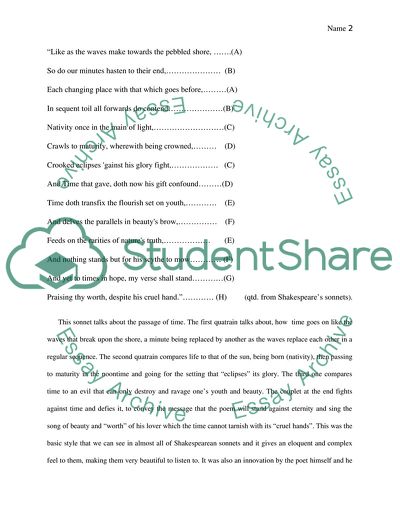Cite this document
(“Shakespeare and the Fair Lord Research Paper Example | Topics and Well Written Essays - 750 words”, n.d.)
Shakespeare and the Fair Lord Research Paper Example | Topics and Well Written Essays - 750 words. Retrieved from https://studentshare.org/literature/1724508-william-shakespeare
Shakespeare and the Fair Lord Research Paper Example | Topics and Well Written Essays - 750 words. Retrieved from https://studentshare.org/literature/1724508-william-shakespeare
(Shakespeare and the Fair Lord Research Paper Example | Topics and Well Written Essays - 750 Words)
Shakespeare and the Fair Lord Research Paper Example | Topics and Well Written Essays - 750 Words. https://studentshare.org/literature/1724508-william-shakespeare.
Shakespeare and the Fair Lord Research Paper Example | Topics and Well Written Essays - 750 Words. https://studentshare.org/literature/1724508-william-shakespeare.
“Shakespeare and the Fair Lord Research Paper Example | Topics and Well Written Essays - 750 Words”, n.d. https://studentshare.org/literature/1724508-william-shakespeare.


